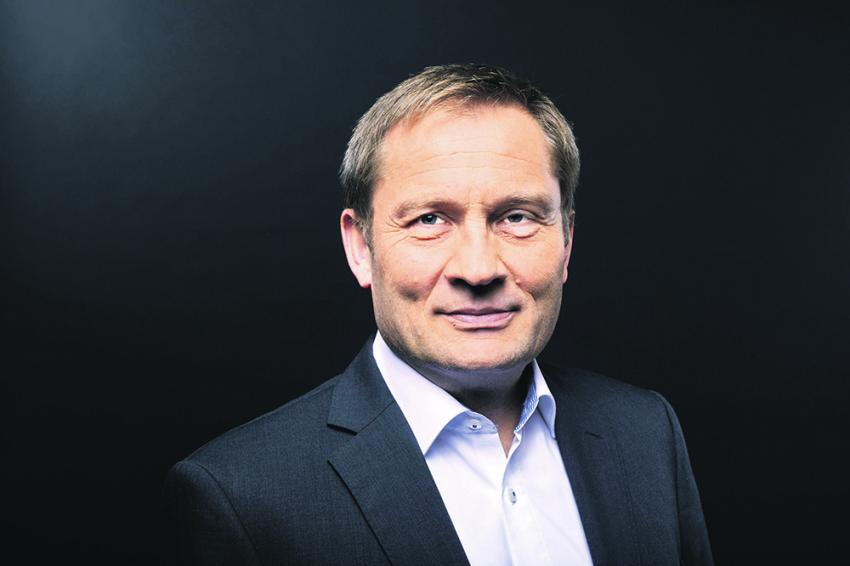Expert Statement: Christian Haessler, Covestro
10.03.2021 - The European Chemical Industry has set out on an ambitious path to become carbon neutral.
Germany, as one of the major chemical manufacturing nations, has committed to achieve this goal by 2050. But companies need to translate this industry vision into their specific context.
System changes of the scale of CO2 neutrality for a whole industry sector require a new mindset. Major transformations command long lead times and require consistent and persistent follow-through. It is all but clear whether enough value is created to justify the huge investments and how new value generated is distributed among critical players and investors.
CHEManager asked executives and industry experts to share their opinions on this industry transformation, which is a multi-stakeholder challenge and comprises economical, technical, societal and political aspects. We proposed to discuss the following aspects:
- What is your strategy / timeline to become carbon neutral and what are the key challenges on the path to achieve this goal?
- What political / regulatory measures are needed to encourage companies to invest in carbon neutral technologies?
- What economical / societal benefits do you expect or hope for by decarbonizing your business?
- How do you plan to involve external stakeholders critical for achieving CO2 neutrality?
Christian Haessler: To become climate neutral along its entire value chain the chemical industry has to switch from fossil-based to circular raw materials and renewable energy. Circular economy must become a global guiding principle to achieve this.
The chemical industry is as a solution provider to many industries ideally positioned to push this transformation towards a circular economy forward, break new ground in the development of those circular and renewable raw materials. At Covestro we are already integrating biomass into production, developing innovative recycling technologies to retrieve raw materials and even use CO2 as another raw material source for our high-performance materials. Plastics are indispensable for a more sustainable, climate-neutral future. However, carbon, as a central plastics component, has to be kept in circle as far as possible. For example, the potential for industrial use of CO2 as a raw material has never been better and the journey only just started. CO2 is already used as raw material for plastics, basic chemicals, proteins, and many others. Covestro is a pioneer in this area. Since 2016 we produce polyols with up to 20% CO2 under the brand name Cardyon using CO2 from waste gas streams from a neighboring chemical plant. The CO2 is chemically bound in the polyol where it cannot escape and thus serves as basis for a variety of applications such as foam for mattresses and automotive interiors, binders for sports floorings or elastic textile fibers. A good example is the EU Green Deal promoting CCU (Carbon Capture and Utilization) projects.
At Covestro, it is our vision to becoming fully circular and we align our company toward this vision with the ultimate goal to lead raw materials and carbon in loops, over and over and switch our energy supply to renewable sources.





